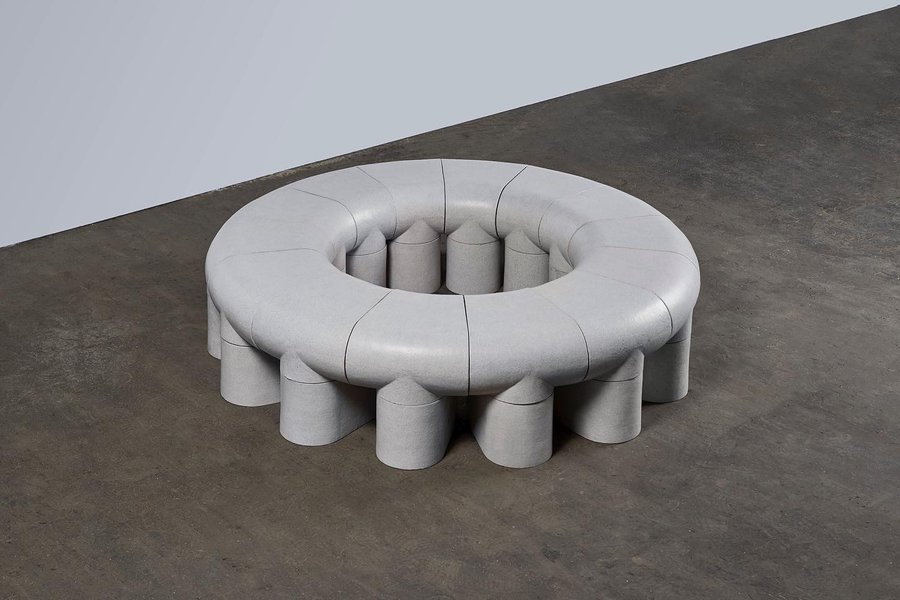Sublime
An inspiration engine for ideas
It involves identifying functional clusters of similarity in systems, and then transforming the clusters into interdependent self-contained systems (modules). For example, the modular design of computer memory chips provides computer owners the option of increasing the memory in their computer without any requirement to do so. If the design of the
... See moreWilliam Lidwell, Kritina Holden, Jill Butler • Universal Principles of Design, Revised and Updated: 125 Ways to Enhance Usability, Influence Perception, Increase Appeal, Make Better Design Decisions, and Teach through Design
“A modular building is a prefabricated building that consists of repeated sections called modules. Modularity involves constructing sections away from the building site, then delivering them to the intended site” - Wikipedia https://en.wikipedia.org/wiki/Modular_building
Balancing Coupling in Software Design: Universal Design Principles for Architecting Modular Software Systems (Addison-Wesley Signature Series (Vernon))
amazon.com
The modular approach has numerous advantages. If a new program (or other complex system) can be specified as N modules, N teams can work in parallel. Moreover, individual modules can subsequently be improved without touching other parts of the overall program, and they can be used in other programs.
David S. Evans • Invisible Engines: How Software Platforms Drive Innovation and Transform Industries










